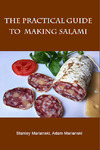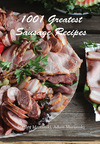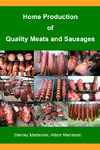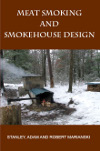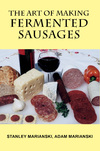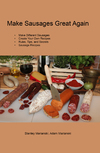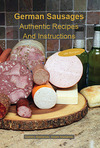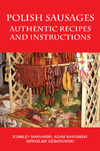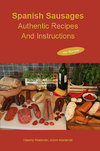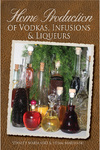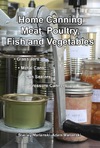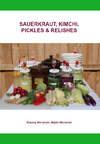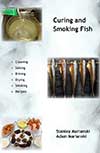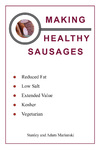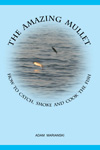Meats and Sausages
Recommended Containers for Home Use
Recommended Glass Jars for Home Use
| Common Name | Capacity | |
|---|---|---|
| Fluid Ounces | Milliliters | |
| 1/2 Pint | 8 | 236 |
| Pint | 16 | 473 |
| Quart | 32 | 946 |
Recommended Cans for Home Use
| Common Name | Size | Capacity | |
|---|---|---|---|
| Fluid Ounces | Milliliters | ||
| 1/2 pint (1 lb), tapered | 307 x 200.25 | 8 oz | 228 ml |
| Pint, tall salmon, tapered | 301 x 408 | 16 oz | 500 ml |
| No. 1 | 211 x 400 | 11 oz, (1 cup) | 310 ml |
| No. 2 | 307 x 409 | 20 oz, (2 cup) | 600 ml |
| No. 2, 30 oz | 401 x 411 | 18 oz, (3 cup) | 850 ml |
| No. 3, quart | 404 x 414 | 33 oz, (4 cup) | 1000 ml |
Containers larger than quart glass jars or No. 3 cans are not recommended for home use because of difficulty of thorough heat processing. As a result some parts of the food might not be sufficiently heated and may not kill bacterial spores.
However, larger cans can be used for packing dry foods (peas, beans, coffee beans) that don't have to be sterilized. Commercial producers can afford to use containers of any size or shape as the recipes they use are drawn by professionally trained individuals. In addition, those plants work under the direct supervision of Food Safety and Inspection Service inspectors and every recipe is thoroughly checked for safety. A home canner should follow USDA guidelines for canning food in round cans or glass jars.
There is very little information on processing times for metal cans as the USDA has stopped providing this information. University of Alaska in Fairbanks has a very comprehensive program in canning meats and fish, both in glass and metal containers. Pint and 1/2 pint cans are used as containers of choice.

